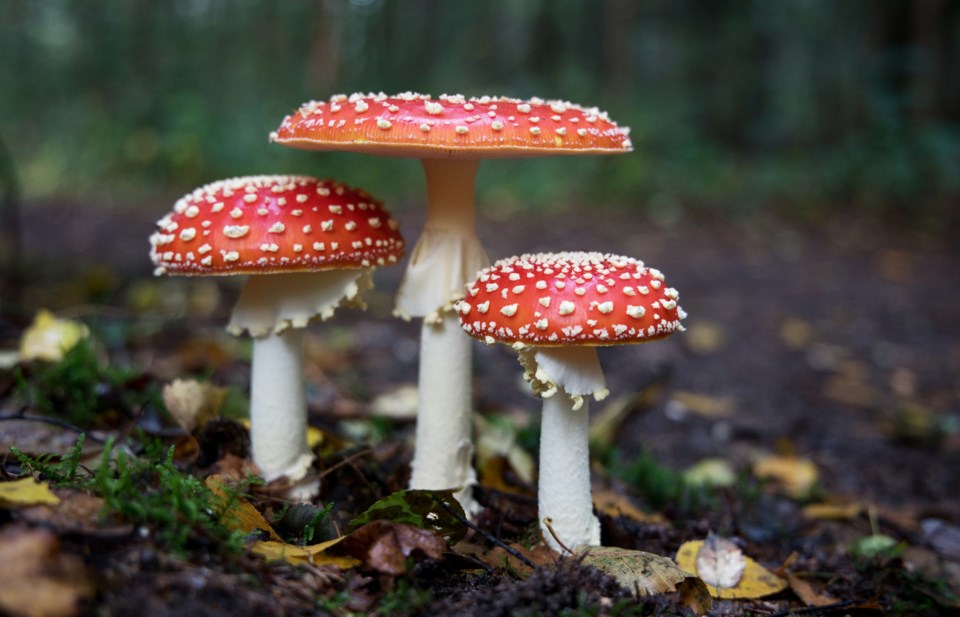
Colorado is home to a diverse range of mushrooms, making it a haven for foragers and nature enthusiasts alike. Whether you’re a seasoned expert or a beginner, the state's rich forests, meadows, and mountains offer an array of fungi to discover. Mushrooms in Colorado come in many shapes, colors, and sizes, some edible and some highly toxic. Foraging for wild mushrooms can be an exciting adventure, but it’s important to know what to look for and which species to avoid. In this guide, we’ll take a closer look at some of the most notable mushrooms found in Colorado’s wild spaces.
15 Mushrooms in Colorado
Destroying Angel
The Destroying Angel is one of the most poisonous mushrooms in the world. It is often found in Colorado’s forested areas and meadows, where it blends in with the surroundings due to its pure white color. While it may appear harmless, it contains highly toxic compounds, such as amatoxins, that can cause severe liver and kidney damage, often leading to death if consumed. Symptoms of poisoning can take hours to manifest, making it extremely dangerous for those who may unknowingly eat it.
Sarcodon Imbricatus (Hawk’s Wing)
Hawk’s Wing mushrooms are commonly found in Colorado’s mountainous forests and are easily recognizable by their unique appearance, which resembles the spread wings of a hawk. These mushrooms are safe to eat when harvested at the right time, and their flavor is similar to that of portobello mushrooms. They have a meaty texture and are often used in soups, stews, or simply sautéed. Due to their distinctive shape, they are easy for beginners to identify, making them a popular pick among foragers.
Amanita Muscaria
This iconic mushroom, with its vibrant red cap covered in white spots, is frequently found in Colorado’s coniferous and birch forests. While the Amanita Muscaria is known for its hallucinogenic properties, it is extremely dangerous to consume. Its toxins can cause severe nausea, delirium, and even coma. Despite its appearance, it should never be consumed, as the psychedelic effects can quickly turn harmful if not carefully managed, and it’s not a reliable source of edible fungi.
Morchella Esculenta (Yellow Morel)
The yellow morel is a favorite among Colorado mushroom hunters due to its delicate, honeycomb-like cap and delicious flavor. It typically grows in forested areas, particularly after wildfires or in areas with moist soil. These mushrooms are highly prized for their savory taste and are considered a delicacy when sautéed or added to dishes like pasta and risotto. They are easily recognizable by their distinctive shape, but care should be taken when collecting them to avoid misidentification with toxic species.
Boletus Edulis (Porcini)
Porcini mushrooms, known for their thick stems and brown caps, are highly sought after in Colorado for both their flavor and texture. Found in forested areas at higher elevations, they are a favorite in gourmet cooking, particularly in dishes like risotto, pasta, and sauces. These mushrooms have a meaty texture and a rich, earthy flavor, making them one of the most prized edible mushrooms in the region. They are generally easy to identify and can be safely consumed when correctly prepared.
Ganoderma Applanatum (Artist’s Conk)
The Artist’s Conk is a distinctive, shelf-like mushroom that grows on the trunks of trees in Colorado’s forests. Though it is inedible, it is fascinating due to its hard, woody texture and the ability to carve or etch into its surface, giving it the “artist” name. These mushrooms are often found on decaying trees, and while they pose no direct threat to humans, they can lead to tree health issues due to their decaying nature. They are more commonly appreciated for their artistic potential and unique appearance.
Lycoperdon Perlatum (Common Puffball)
The Common Puffball is a small, round mushroom that grows in forest clearings, grassy fields, and even lawns in Colorado. When young and firm, it is edible and has a mild taste. However, it must be cut open to ensure it is white and firm inside, as older puffballs may resemble toxic mushrooms. Once mature, puffballs release spores in a cloud of smoke when disturbed, making them a fun and interesting find during mushroom hunts. They are most commonly used in soups and sauces.
Cantharellus Cibarius (Golden Chanterelle)
Golden Chanterelles are bright yellow mushrooms that are highly prized for their delicate, fruity aroma and mild, peppery flavor. They grow in the moist soil of forests, often under oak, birch, or pine trees, and are typically found in late summer and fall in Colorado. These mushrooms are often sought after by foragers because they are not only delicious but also quite rare. They are perfect for sautéing, adding to pastas, or even pairing with meats, making them a favorite among cooks and chefs.
Russula Emetica (The Sickener)
The Sickener is a striking mushroom with a bright red cap and a thick stem, commonly found in coniferous forests in Colorado. While its appearance might suggest it is edible, it is highly toxic and can cause intense stomach pain, vomiting, and diarrhea if consumed. The Sickener gets its name from the unpleasant symptoms it causes when ingested. It should be avoided at all costs, as its bright color might lead some to mistakenly believe it is safe to eat.
Hypomyces Lactifluorum (Lobster Mushroom)
Lobster mushrooms are parasitic fungi that grow on other mushrooms, giving them a vibrant orange-red color and a firm texture that resembles lobster meat. These mushrooms are prized for their unique appearance and savory, slightly spicy flavor. Found in Colorado’s forests, they are often used in soups, stews, and stir-fries. Despite their unorthodox nature, lobster mushrooms are considered delicious and are highly sought after by experienced foragers.
Aleuria Aurantia (Orange Peel Fungus)
The Orange Peel Fungus is a small, vibrant mushroom that can be found in Colorado’s grasslands and forests. Its bright orange color and unique, peeling texture make it stand out from other mushrooms. While it is not typically eaten due to its mild taste, it is an interesting specimen for mushroom enthusiasts and can be used for educational purposes or observation. This fungus is often spotted after a rainfall, adding a pop of color to the landscape.
Calvatia Booniana (Giant Western Puffball)
The Giant Western Puffball is a large, round mushroom that can grow to the size of a basketball. Found in meadows, grasslands, and clearings, it is a delicious edible mushroom when young and firm. As it matures, it turns a yellowish color and releases a cloud of spores when disturbed, similar to other puffball species. With its mild flavor and soft texture, it is perfect for adding to various dishes, such as soups, stir-fries, and casseroles.
Pleurotus Populinus (Aspen Oyster Mushroom)
Aspen Oyster Mushrooms grow in clusters on decaying aspen trees, especially in the higher elevations of Colorado. These mushrooms are known for their delicate, mild flavor, which is often compared to oysters. They grow during late summer and early fall, and their white to light gray color makes them easy to spot. While not as widely known as other mushrooms, they are a treat for those who know where to look and are great for sautéing or adding to dishes like risotto and pasta.
Parasola Plicatilis (Japanese Umbrella)
The Japanese Umbrella is a small, fragile mushroom commonly found in Colorado’s grassy fields and woodlands, especially after rainfall. It has a delicate, umbrella-shaped cap and short lifespan, which makes it challenging to harvest in time. While not poisonous, it is generally not consumed because it has no significant flavor or texture. This mushroom is mostly admired for its unique shape and brief appearance before it fades away.
Morchella Angusticeps (Black Morel)
The Black Morel is a highly prized mushroom in Colorado, known for its deep black color and honeycomb-patterned cap. It is a sought-after find for experienced mushroom hunters and is found in burn areas or around certain trees like cottonwoods. Black morels have a rich, savory flavor that makes them a favorite in gourmet dishes such as soups, sauces, and stews. They are usually found in spring and early summer, often making their appearance after forest fires.
The Diversity of Mushrooms in Colorado
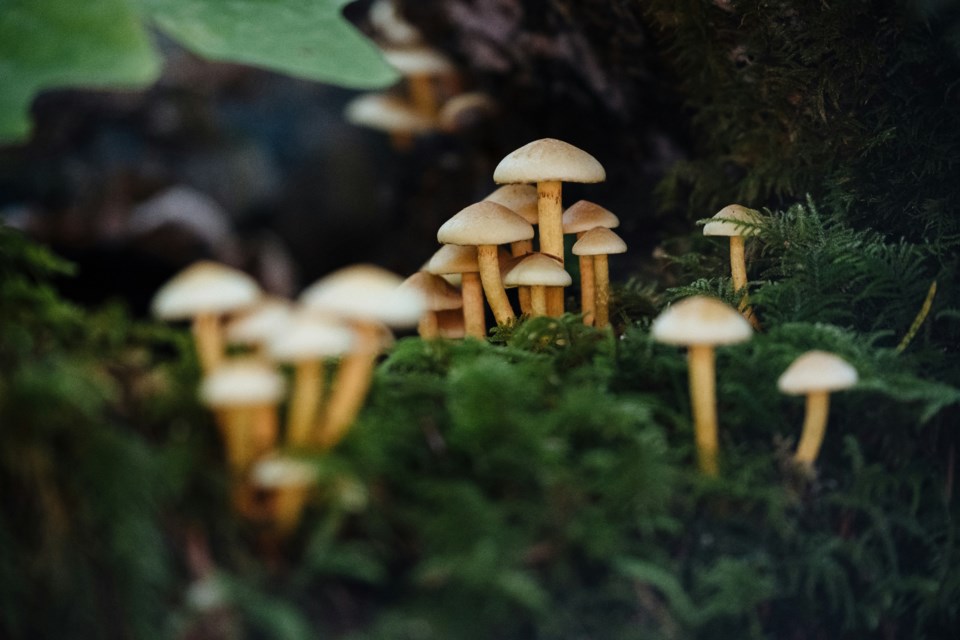
Colorado boasts over 2,000 species of mushrooms, ranging from delicious edibles like morels and chanterelles to highly toxic varieties such as the destroying angel. The state's unique combination of diverse ecosystems, from arid plains to lush forests, provides an ideal setting for various types of fungi to thrive. The best time to hunt mushrooms is during spring and fall, when the weather conditions support their growth and abundance.
The high-elevation regions of Colorado, particularly the Rocky Mountains, offer rich habitats for a wide range of mushroom species. These cooler, moist areas support a variety of fungi, such as boletes, which are prized by foragers. Whether you're an experienced mushroom hunter or just beginning, Colorado’s varied landscapes offer something for everyone, making it a must-visit location for mushroom enthusiasts.
Popular Mushroom Hunting Locations in Colorado
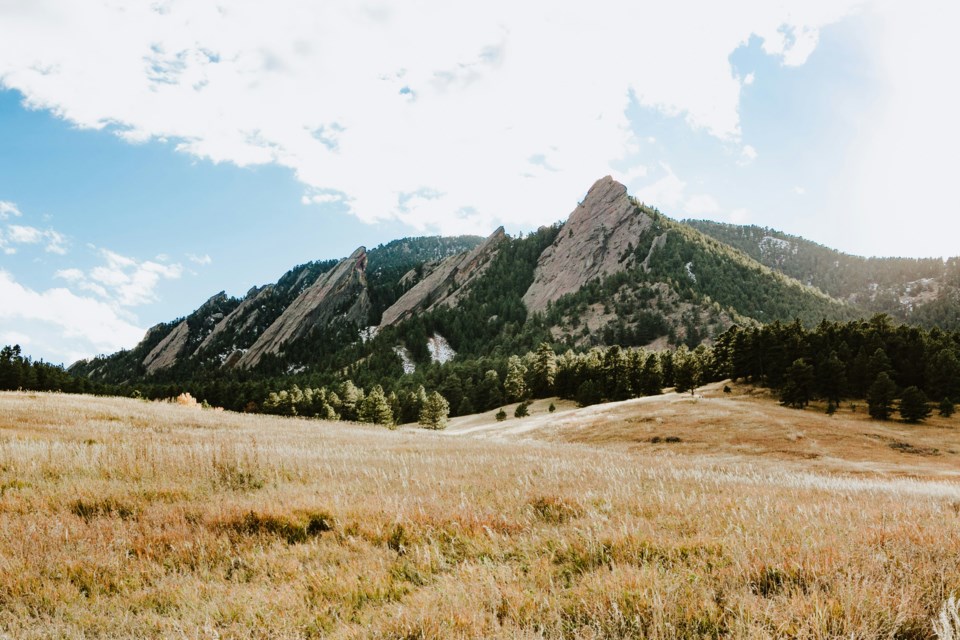
The foothills and mountainous areas around towns like Boulder, Estes Park, and Nederland are prime spots for mushroom foraging. The rich combination of forests and moist conditions create ideal environments for mushrooms like morels and boletes to grow. These areas become especially abundant during spring, providing ample opportunities for mushroom hunters to discover new finds.
In addition to forested areas, regions that have recently experienced wildfires are hotspots for morels. The nutrients in the soil after a fire encourage these mushrooms to sprout, making them easier to find. Pine and spruce forests are also popular locations, offering a bounty of edible mushrooms such as porcini. These mushrooms are often found growing under conifer trees, making them highly sought-after by foragers.
Foraging Tips for Mushroom Hunters
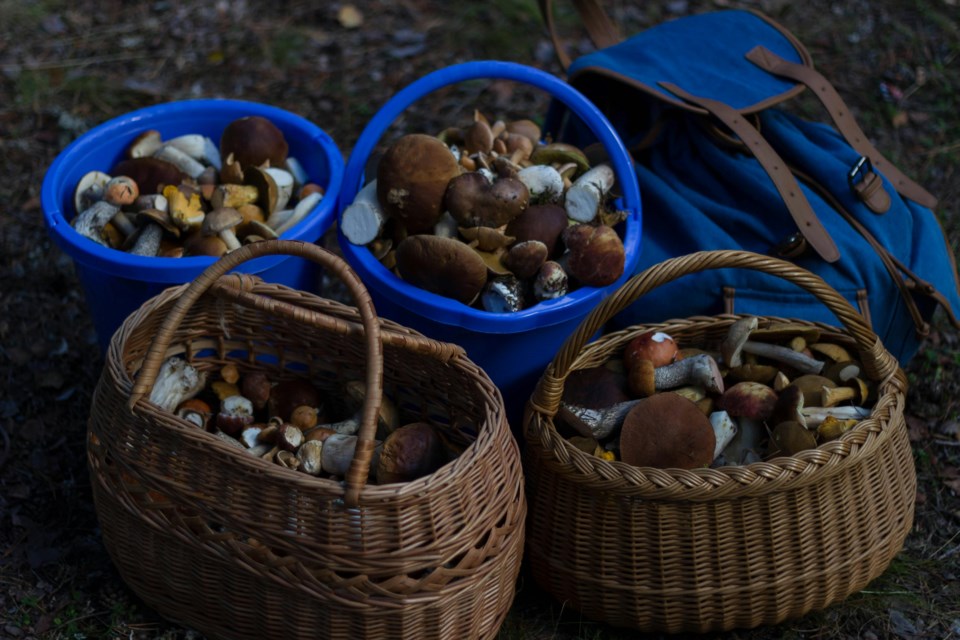
Identifying mushrooms correctly is essential for any forager, especially in Colorado, where poisonous species can closely resemble safe ones. Always take the time to confirm the identity of the mushrooms you find by using a field guide or a reliable identification app. These resources will help you distinguish between edible and toxic mushrooms, ensuring your safety.
Another helpful tip is to join local foraging groups or take part in foraging classes. These activities will give you the opportunity to learn from experienced hunters, gain valuable insights, and improve your skills. Foragers can also exchange tips and share their favorite hunting spots. If you're ever in doubt about the safety of a mushroom, it’s always best to leave it behind or consult an expert.
The Risks of Foraging Mushrooms in Colorado
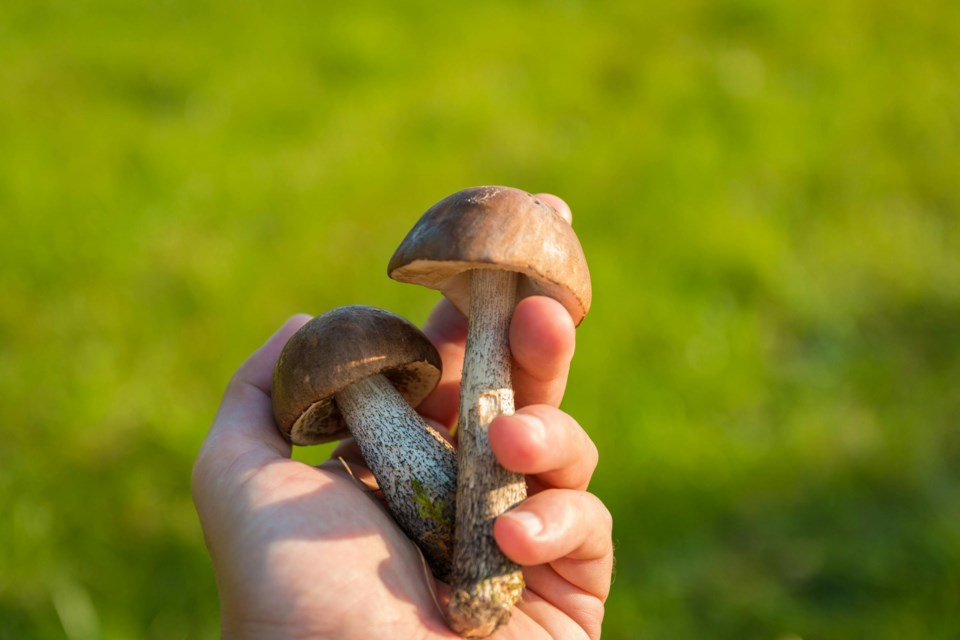
Mushroom foraging, while rewarding, comes with risks, particularly for beginners. Many toxic mushrooms look similar to safe varieties, which makes identifying them correctly even more critical. For example, the destroying angel can be confused with puffballs, which are edible but look quite alike.
To reduce the risks of poisoning, always consult an expert or use a reliable guide before harvesting mushrooms. Toxic species, such as Amanita mushrooms, can cause severe reactions or even be fatal if consumed. If you're not 100% certain about a mushroom, it's safest to avoid it and seek guidance from experienced foragers or mushroom experts.
Conclusion: A Rewarding Adventure in Mushroom Hunting
Mushrooms in Colorado offer a rich and diverse experience for both seasoned foragers and beginners alike. From the high-elevation regions to the forested foothills, the state's varied landscapes provide abundant opportunities for discovering a wide range of fungi, both edible and poisonous. While the adventure of mushroom hunting is thrilling, it’s essential to stay informed and cautious to avoid the risks associated with foraging. By learning how to properly identify mushrooms, joining local groups, and consulting experts when necessary, you can enjoy a safe and rewarding mushroom hunting experience in Colorado.


